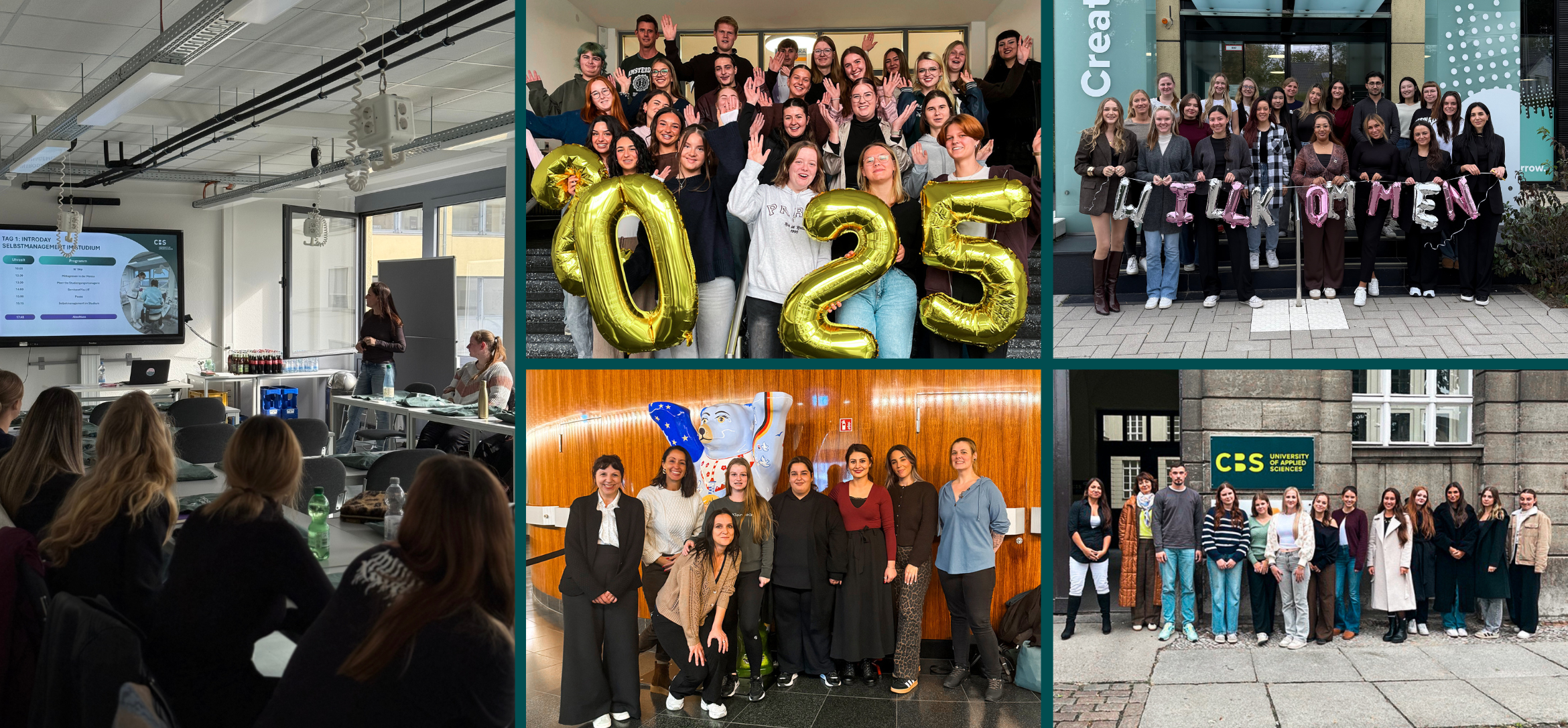
An entire house built with the help of a 3D-printer within one day? When I first read the headline of an online article I came across, I would have loved to see my incredulous look. I knew 3D-printing had become very popular over the years, but for sure I did not yet expect the technology to be capable of building constructions of these dimensions. The news really made me curious about the topic and I started wondering about this ground-breaking innovation's history. Next thing, I found myself clicking through numerous articles concerning 3D-printing to shed a light on this, for me, unfamiliar turf. Looking at 3D-printing's history, something definitely took me by surprise. 3D-printing, by all means having become more popular over the last couple of years, is no innovation of the new millennium. On the contrary, it has been around for some time already.
Chuck Hull: The mastermind behind 3D-printing
Its origins date back as much as 31 years when American engineer Chuck Hull filed a patent for a process he called stereo-lithography in 1986, now known as 3D-printing. This innovation, like many others, was preceded by a problem. While working for a company specialising in plastic veneers using Ultra-Violet (UV) light to cover table tops, cupboards and other furniture with a plastic layer, Hull was confronted with the rather long-lasting process of prototyping new designs. The moulding and casting of small plastic parts could take up to two months at times causing a lot of frustration not only at Hull's employer but among the entire industry. Therefore, Hull, being annoyed with this cumbersome process himself, was determined to find an alternative solution (demand pull).
An innovation is born - in the back of a lab
Very quickly he had an idea on how to overcome the existing issue. He wanted to put many thousand layers of plastic on top of each other and adhere them with the use of UV-light thus creating an item of three-dimensional form. In doing so he made use of the peculiarity of the liquid plastic used in the process: its polymers solidify under the exposure to UV-light. Working on his project in a backroom of his lab after hours, Hull built his first apparatus within a year of his idea. In 1986, he then filed a patent for the process portraying the birth of 3D-printing. In the same year, Hull founded his company called 3D-Systems which has become a leader in the 3D-printing industry with annual sales of more than $630 million in 2016. Still today, his company is dedicated to the process of stereo-lithography creating on-demand prototypes but also marketing its 3D-printers. Interestingly, looking back on the history of his innovation, it was initially aimed at facilitating the process of prototyping plastic models. After the patent was filed, for instance, doctors could build detailed replicas of organs to practice difficult surgeries beforehand. Over time though, scientists and engineers alike developed the technology of 3D-printing on the basis of the existing knowledge with more and more new types of 3D-printing and materials other than plastic (e.g.: metal) emerging (science push)6. Nowadays 3D-printers are even available to the general public, though the private-use of 3D-printers can only be seen as a hobby-market so far, with enthusiasts splashing out thousands of dollars to show off their creations– from little game figures to IPhone cases, the possibilities of what to print are limited almost only by your own imagination.
A bright future for 3D-printing
The future looks bright for 3D-printing. According to PricewaterhouseCoopers 3D-printing will not only become cheaper and thus more affordable for private-use, but also more efficient as well as faster, showing an incremental development. Recent projections estimate a market-growth of 20% annually with the global 3D-market supposedly reaching $8.6 billion by 2023. Therefore, the innovation is still far away from reaching its plateau on the S-Curve.

Source: Patrick Hanke
There are so many opportunities in various application-fields such as medical engineering (bio-printing) or even architecture, as seen in the example, that 3D-printing has the potential to change the way we consume goods - and consequently entire industries. Soon, we may not need to go shopping anymore - everything you may need may simply be available with the push of a button of a 3D-printer. 3D-printing, after looking deeper into the topic, is an incredibly interesting field that I am sure will have many more surprises in store for us over the next decades to come- I am excited about it, are you?
What do you think about 3D-printing? Does it really have the potential to change entire industries? What do you think are potential negative implications of these developments? Let's get this conversation started in the comment section.
3D Food Printing - The Future of Synthetic Foods
Tissue Engineering with 3D Printers – innovative development in medicine
















